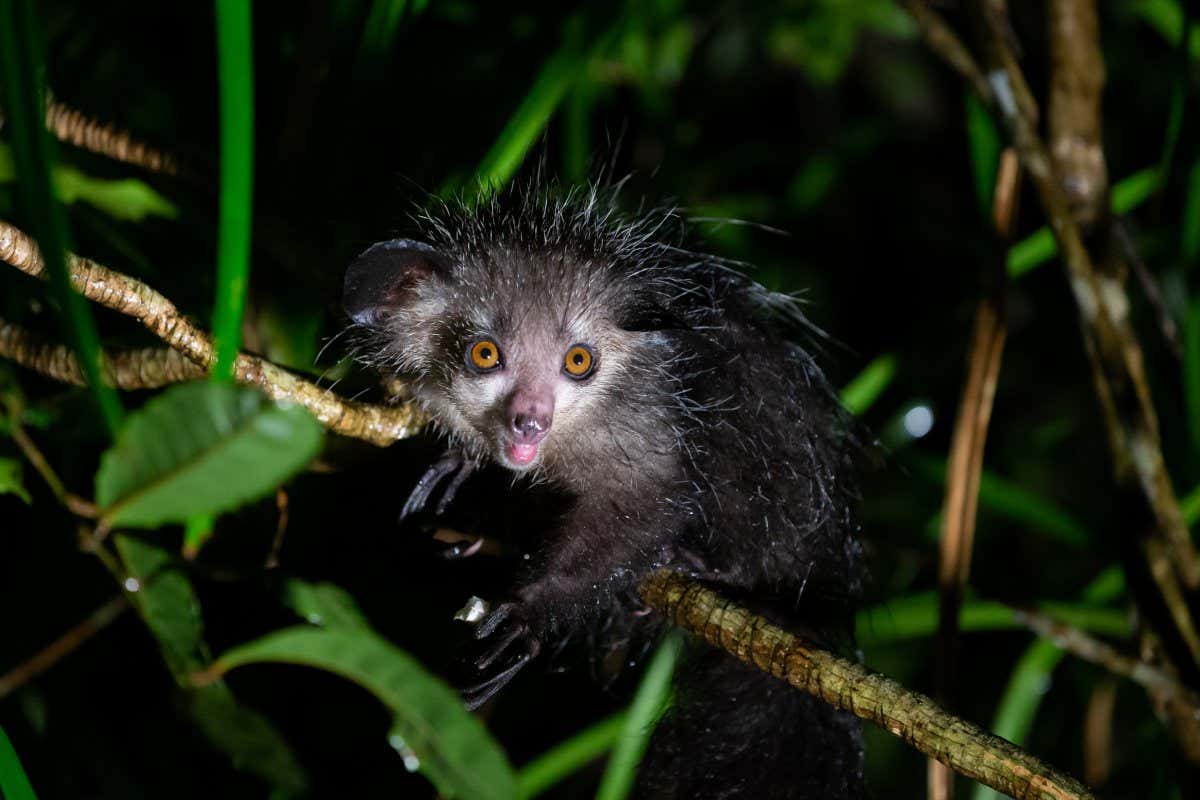Prioritizing Aye-aye and Possum Species Conservation: A Race Against Time
The world's biodiversity is facing an unprecedented crisis. While charismatic megafauna often dominate conservation efforts, numerous lesser-known species teeter on the brink of extinction, silently slipping away. Two such creatures, the enigmatic aye-aye and the diverse family of possums, desperately need our attention and prioritized conservation strategies. Their survival hinges on our collective action.
The Aye-Aye: Madagascar's Misunderstood Marvel
The aye-aye (Daubentonia madagascariensis) is a truly unique primate, found only in the forests of Madagascar. Its large, rodent-like incisors, perpetually growing, along with its elongated middle finger used for tapping on trees to locate insects, make it instantly recognizable. Sadly, this unusual appearance has led to superstitious beliefs and persecution, driving the aye-aye towards extinction.
-
Threats facing Aye-ayes:
- Habitat loss: Deforestation for agriculture and logging drastically reduces their forest habitat.
- Superstition and persecution: Local beliefs often associate the aye-aye with bad luck, leading to their killing.
- Lack of awareness: Many people are unaware of the aye-aye's plight and the crucial role it plays in its ecosystem.
-
Conservation efforts: Fortunately, various organizations are working tirelessly to protect the aye-aye. These include:
- Protecting their habitat: Establishing protected areas and promoting sustainable forestry practices.
- Community engagement: Educating local communities about the importance of aye-ayes and dispelling harmful myths.
- Research and monitoring: Studying aye-aye populations to understand their needs and refine conservation strategies. .
Possums: A Diverse Family Facing Multiple Threats
Possums, belonging to the order Didelphimorphia, encompass a wide range of species, primarily found in the Americas and Australia. While some possum species are relatively common, many are facing serious threats, including:
-
Threats facing Possums:
- Habitat destruction: Urban sprawl, deforestation, and agricultural expansion destroy their natural habitats.
- Predation by introduced species: In some areas, invasive predators like cats and dogs significantly impact possum populations.
- Roadkill: Many possums are killed by vehicles, especially in areas with high traffic volume.
- Disease: Certain diseases can devastate possum populations.
-
Conservation strategies for Possums:
- Habitat restoration and protection: Creating wildlife corridors and protecting remaining natural habitats is crucial.
- Controlling invasive species: Managing populations of introduced predators can help protect possums.
- Road mitigation strategies: Building wildlife crossings and reducing speed limits in areas with high possum populations.
- Disease surveillance and management: Monitoring possum health and implementing measures to control the spread of disease. .
The Urgent Need for Prioritized Conservation
Both aye-ayes and possums represent the often-overlooked biodiversity that is essential for healthy ecosystems. Their decline signals a broader environmental crisis. Prioritizing their conservation requires a multi-faceted approach, involving:
- Increased funding and resources: Dedicated funding is crucial for research, habitat protection, and community engagement programs.
- Strengthened international cooperation: Collaborative efforts between governments, NGOs, and researchers are vital for effective conservation.
- Raising public awareness: Educating the public about the importance of these species and the threats they face is essential for garnering support for conservation efforts.
The fate of the aye-aye and possums rests in our hands. By prioritizing their conservation, we not only safeguard these remarkable creatures but also contribute to the overall health and resilience of our planet. Let's act now to ensure that these species, and countless others, have a future.

